By C. T. Smith
Nearly a century after his death, the writings of Charles W. Chesnutt are experiencing a resurgence in popularity among scholars and avid readers. Charles Waddell Chesnutt was born free in 1858 in Cleveland, Ohio. He was reared with access to more resources than most of his free and enslaved black counterparts.
Charles’ father had enjoyed some success as a business owner. After the Civil War ended, the family moved to Fayetteville, North Carolina. As a child, Charles was clear of the advantages of white privilege. He knew he could “pass” if he wanted, and the opportunities that would allow him.
- At the age of nine, he began his illustrious career. He started teaching in a local institution, The Howard School, would become to be known as Fayetteville State University. By age fourteen, Chesnutt was the second principal of that educational establishment.
- In 1878, Charles moved to New York with and his wife and two small daughters to accept a position as a reporter for the Dow-Jones Company. He was the first African-American to be allotted such a position. He also began writing a daily Wall Street gossip column for the “New York Daily Mail” and “Express.”
- The Chesnutt family decided to go back to his birth home of Cleveland, Ohio, so Charles could begin studying law. In 1885, Charles passed the bar exam with the highest score at the time.
- Although Charles never practiced law, he did begin the first African American stenography business, allegedly to maintain his middle-class status as an unapologetic capitalist. The business increased his popularity as a businessman and an influential African American.
- In 1899, he closed his stenography business. In doing so, his seething racial commentary became more accessible. He devoted much of his time to developing his talents as a fiction writer and wrote in both in a local dialect and Standard American English. His writings targeted the racial divide and its complexities, and he conceptualized white and black characters of different socioeconomic classes in his work.In a personal journal in 1880, he explained why he writes: “…a high, holy purpose,” and the “the object of my writings would be not so much the elevation of the colored people as the elevation of the whites.” Which was problematic for many other African American writers at the time including W.E.B. DuBois.
Chesnutt championed the Reconstruction Era by being persistent in his efforts to succeed, as he observed his fellow African Americans being undervalued for their work and civil contributions to society. Although he may not have been well-received when his works were published, contemporary scholars have framed him as a realist, an advocate for evolutionary biology, along as a prominent figure in African American culture and society.
Source: Encyclopedia of African American History, 1896 to the Present: From the Age of Segregation to the Twenty-first Century





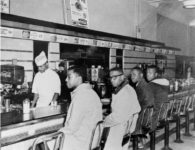

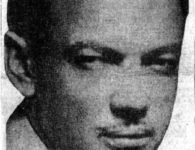



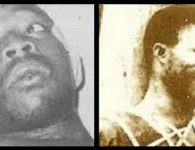
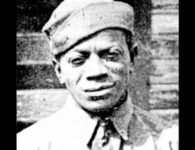
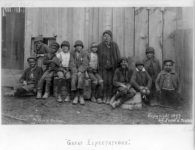
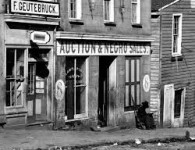
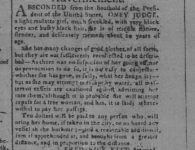

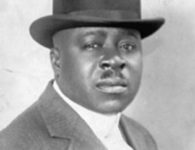



7 Comments
There’s definately a great deal to know about this topic.
I love all the points you made.
Good blog you’ve got here.. It’s difficult to find excellent writing like yours these days.
I truly appreciate people like you! Take care!!
Good day! I could have sworn I’ve been to this website before but after going through a few of the
articles I realized it’s new to me. Anyhow, I’m certainly
delighted I stumbled upon it and I’ll be book-marking it and checking back frequently!
It’s an remarkable article in support of all the web viewers; they will get advantage from it I am sure.
I am actually pleased to glance at this website posts which contains
lots of useful information, thanks for providing such information.
Just wanna input on few general things, The website layout is perfect, the articles is very superb : D.
Charles Chestnut, wrote, “The Bride of My Youth.” A very profound story.